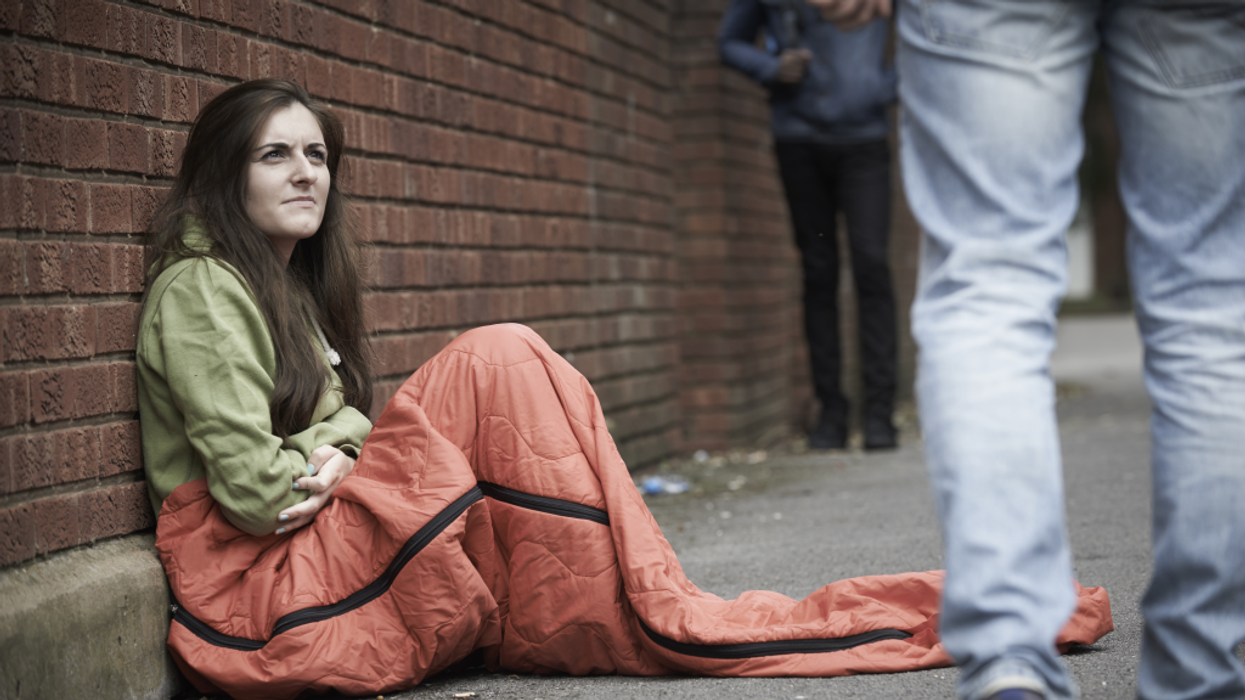How many of us set alarms in the morning to avoid being late for school or work? Get flu shots to avoid getting sick? Or use seatbelts to avoid — knock on wood — getting hurt in a car accident? Maybe we do some of these things because the law says so. But the common element in each of these scenarios is prevention.
Over 235,000 people experience homelessness in Canada each year. Homelessness costs our economy over $7 billion annually. Imagine if we could prevent this. Well, we can.
Prevention is not a new concept. We use it in so many aspects of our everyday lives, but don’t necessarily think of it as prevention.
It is stopping something before it happens. It is about being proactive rather than reactive.
Let’s consider an example.
If an intersection consistently has traffic accidents, a reactive solution might be to build a nearby hospital for victims. On the other hand, a preventative and proactive solution might be to add traffic lights to stop — or realistically to reduce — the number of accidents.
The problem with the reactive solution is that we’re waiting until people are hurt before we step in.
Let’s take a look at another situation: Homelessness in Canada.
A reactive solution would be to build homeless shelters that offer individuals a place to shower and sleep. Alternatively, a preventative and proactive solution to homelessness might be to improve landlord-tenant legislation to better protect tenants from being evicted (which may then cause them to be homeless).
A place to shower and sleep is important. But the problem with only building homeless shelters is that we’re waiting until an individual becomes homeless before we help that person.
This emergency response to homelessness, unfortunately, is very common across Canada.
Homelessness prevention is the humane thing to do. It is also the smart thing to do.
Evidence shows it is costlier to use shelters to manage homelessness than it is to prevent it in the first place. Individuals who are homeless typically have higher levels of healthcare usage. Consequently, this incurs higher healthcare costs.
Within the criminal justice system, approximately $350,000 can be saved each time an individual is prevented from becoming homeless.
Despite its cost-effectiveness, prevention initiatives have yet to be widely implemented throughout North America. At Raising the Roof, we are proud to be one of the first national leaders in homelessness prevention. To this end, we have three main initiatives focusing on prevention: The Upstream Project, Host Homes, and Reside.
The Upstream Project
This is a school-based initiative that works upstream to prevent youth homelessness, and promote student wellbeing as well as increase school engagement.
Based on a results-proven program out of Australia, the Upstream Project surveys students between the ages of 12 and 18. Then it determines which students are at moderate- or high-risk of homelessness. Wrap-around supports are then provided to ensure the youth don’t have to enter the shelter system and have the supports to remain in school and prosper.
Host Homes
Host Homes is an alternative to shelters for young people who are either currently homeless or at risk of becoming homeless. Located in the youth’s community, vetted Host Homes are a safe place for young people to stay with an adult or family.
They are given their own room and meals. The host-family (or adult) serves as a support, but ongoing supports are also provided by a youth-serving agency. Host Homes may offer space for a couple of days, a few weeks, months, or even years.
For young people leaving the criminal justice system, detox facilities, or the child welfare system, a Host Home can ease the transition to independent living. It can also reduce isolation and prevent them from entering the youth homelessness system.
Reside
This is Raising the Roof’s newest program. It sees vacant and derelict houses owned by developers or municipalities repurposed into homes for vulnerable populations such as youth, seniors, and families. Based on a similar program from the UK called “Canopy,” Reside will take these houses — some of which have been standing empty for decades — and renovate them with the support of our sponsors and partners. In turn, this creates transitional affordable housing for those in need.
Again, over 235,000 people experience homelessness in Canada each year. And homelessness costs our economy over $7 billion annually.
Homelessness prevention is not only the responsibility of the homelessness sector to serve vulnerable individuals, it’s also the responsibility of multiple sectors, local communities, and all levels of government to address the structural and institutional factors at play.
Raising the Roof is dedicated to our goal of homelessness prevention and is working towards a day when all Canadians have access to a safe and stable home, as well as the appropriate supports to achieve their potential.
For more details on any of our initiatives or to learn more about our mission and work, please visit us at www.raisingtheroof.org.





















